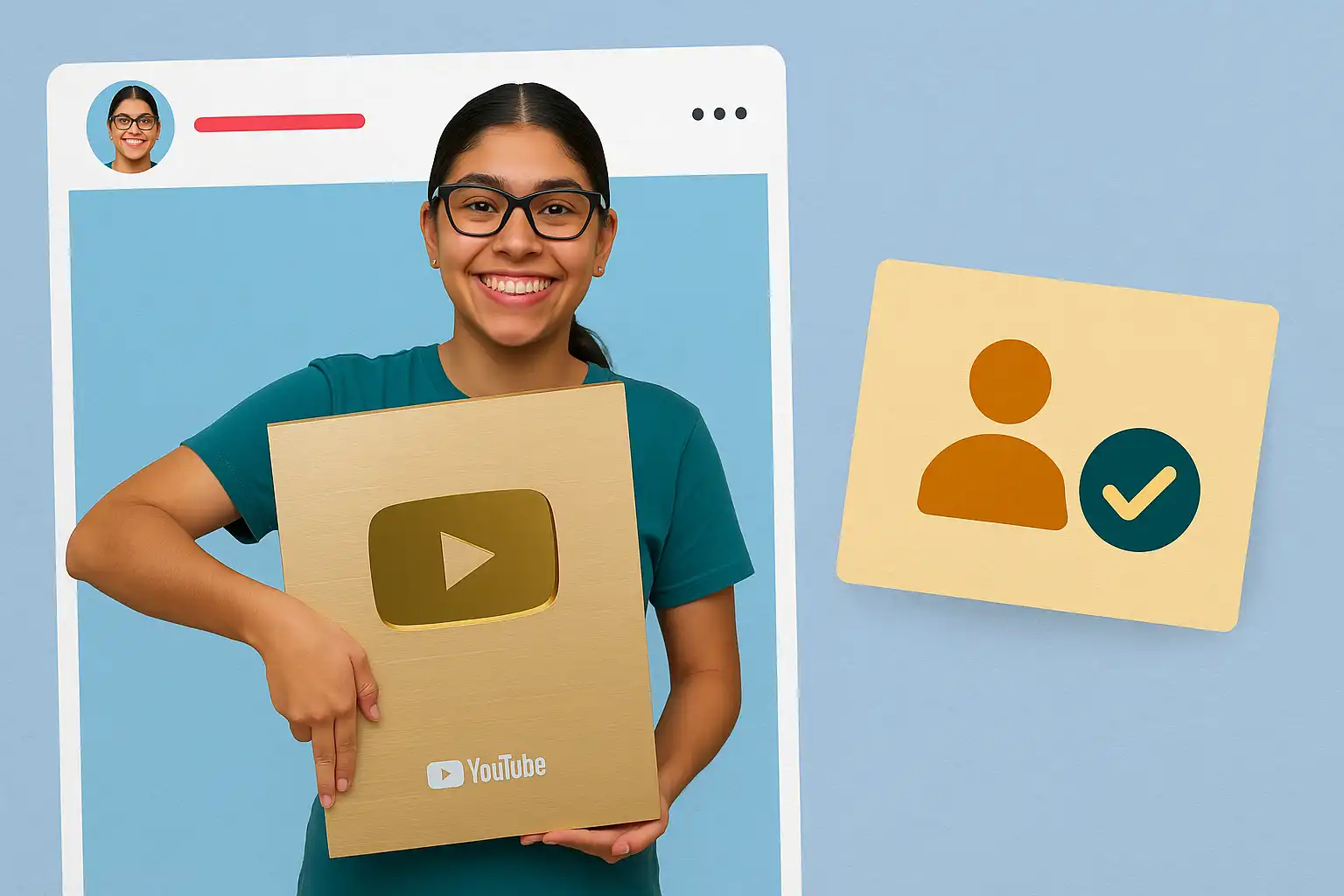How to tell a great story in 60 seconds: Jenny Hoyos's TED talk framework
Jenny Hoyos shared her framework for 60-second storytelling that's generated billions of views across her platforms.

Most stories take too long to tell, losing audience attention before making their point. At TEDNext, 19-year-old content creator Jenny Hoyos shared her framework for 60-second storytelling that's generated billions of views across her platforms.
Her approach applies beyond social media to email marketing, presentations, and everyday conversations. With over 7 million YouTube subscribers, Hoyos believes great stories should be told in under a minute—whether you're creating content, speaking with friends, or pitching to your boss.
Short on time?
Here's a table of contents for quick access:
- Jenny Hoyos's viral storytelling framework
- Why questions make powerful story starters
- How to build tension in your storytelling
- Adding conflict to maintain audience interest
- Creating satisfying endings in short stories
Start with a question that hooks your audience
The first step in Hoyos's framework is to begin with a question that makes people stick around for the answer. The more surprising or shocking the question, the better it works as a hook.
In her viral video testing whether cooking her own burger would be faster than a drive-through, Hoyos immediately grabbed attention with the unexpected premise. This approach netted her over 45 million views.
Good hooks don't just present information—they create curiosity gaps that audiences feel compelled to fill.
Build a journey with constant progression
After hooking your audience, take them on a journey toward your answer. The key is to create a sense of constant progression—showing movement toward resolving the initial question.
For marketers, this means structuring content to feel like it's building toward something valuable. Each sentence should move the story forward rather than simply adding description.
In Hoyos's burger video, she created progression by showing each step of making her burger while approaching the drive-through window, creating parallel storylines that both moved toward resolution.
Add conflict to maintain interest
Hoyos emphasizes that "if everything is smooth sailing, then nobody cares." Conflict keeps audiences invested in your story.
In her demonstration, Hoyos used her mother's reactions as a "B plot" that created tension. This dual-tension approach—will she finish cooking in time, and will her mother get upset about the potential mess—kept viewers engaged through both storylines.
For content creators, this means identifying potential obstacles or tensions in your narrative. Even in business communication, acknowledging challenges creates more engaging and authentic stories.
Create uncertainty before revealing your answer
The final element of Hoyos's framework is building tension by making the answer feel uncertain before providing a satisfying conclusion.
In her burger video, she created uncertainty about whether she'd finish cooking before reaching the pickup window. This built anticipation for the payoff—finding out which was actually faster.
"The viewers wanted an answer, so I gave it to them quickly and concisely, in an engaging way," Hoyos explained.
Keep it concise—or risk overcooking
Hoyos concluded her talk with a reminder that brevity is essential: "If it takes longer to tell your story than it does to make a burger, then you're probably overcooking both."
This framework applies beyond social media to email marketing, presentation openings, and even everyday conversations. By focusing on hooks, progression, conflict, and concise resolution, you can make your communication more engaging regardless of medium.
To see Hoyos's full framework in action, you can watch her TEDNext talk on the TED website or visit her YouTube channel.


